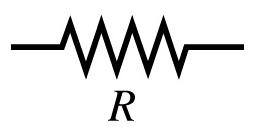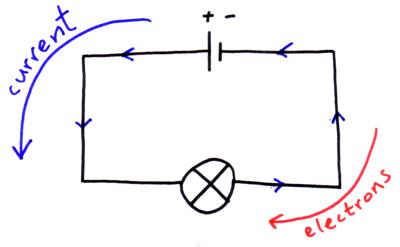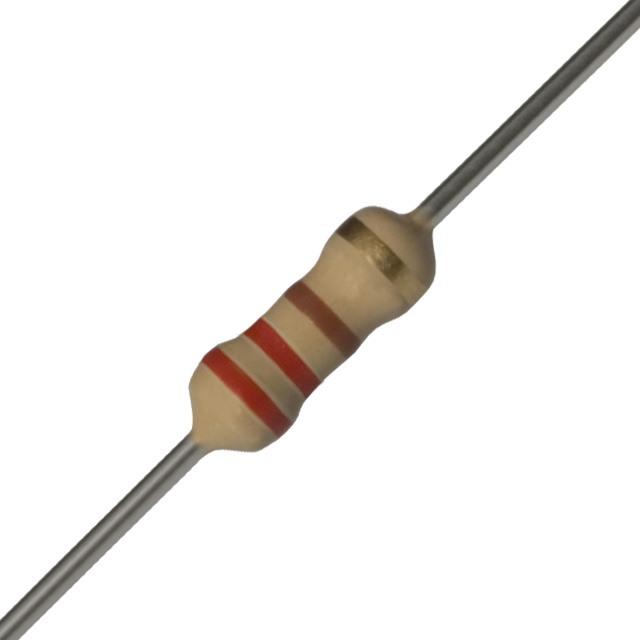Electricity
Electricity is the flow of electric charge.
Current is read by convent to be flowing in the opposite direction of negatively charged electron flow.
Measuring Electricity
The flow of electrons through a conductor is fundamentallyl measured in terms of voltage (V), current (I) and resistance (R).
Taking the Hoover dam as an analog, the voltage (V) is the potential energy force pushing on the dam.
The current (I) is the speed at which the water flows through the dam and its turbines.
The resistance (R) is in anything that limits the flow.
Circuit
A circuit is an closed system of electric charge flow.
Circuits are described in symbolic notation.
Ohm's Law
Ohm's Law relates voltage (V), current (I), and resistance (R) in a circuit.


Resistance
Resistors impede the flow of electric charge, converting the energy of flow into heat.
-
 )
)
Resistors are typically made of a resin-fixed mixture of carbon and ceramic, the ratio of which determines the amount of resistance, which is registered by a color coding system and measured in Ohms (Ω).
Resistors are measured with either 4 or 5 bands.
The bands can be correlated to a value chart to determine the resistance.

Test
What is the resistance of each of these?
Symbolic Notation
In an electrical circuit, resistors are denoted with a wiggle.

Resistors as Sensors
Different types of resistors react to different elements of their environment, allowing them to serve as cheap sensors.
A photoresistor changes its resistance depending on the amount of light it encounters.
A thermistor changes its resistance depending on its surrounding temperature.

 )
)


















